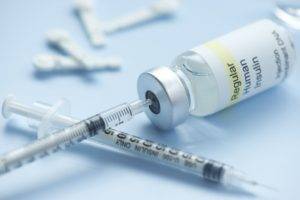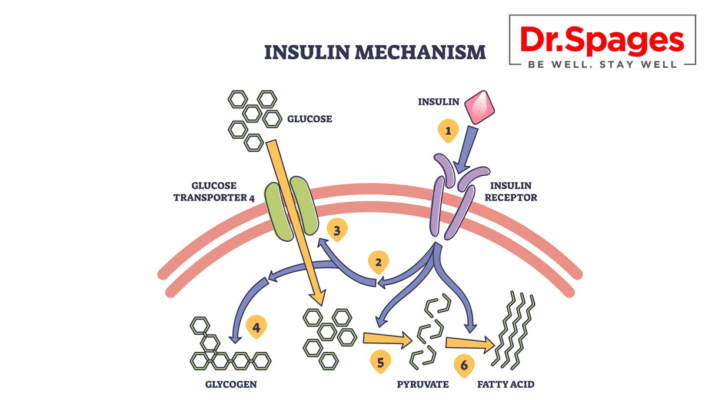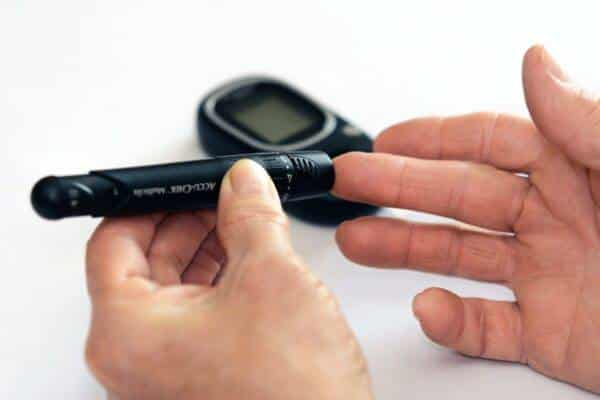Prediabetes – Symptoms and Causes
If you’ve visited a doctor, you might have heard about prediabetes—a condition where your blood sugar levels are higher than normal but not high enough to be diagnosed as diabetes. Doctors often recommend watching your diet and losing weight to prevent diabetes, a serious chronic condition with many complications.
But what exactly does prediabetes mean, and what should you do about it? Let’s break it down.
What is Prediabetes?
Your blood sugar levels give you an idea of where your health stands:
- Normal range: 85–99 mg/dL
- Prediabetes: 100–125 mg/dL (A1C 5.7–6.4)
- Type 2 Diabetes: 126+ mg/dL (A1C 6.5+)
Prediabetes means your body isn’t fully healthy, but it’s not completely out of balance either. Think of it like a partially deflated tire—it may still work, but it’s not performing as it should. The goal is to “reinflate” your health by addressing what’s causing the imbalance.
Symptoms
Prediabetes is often silent, but some people may experience:
- Fatigue or increased thirst
- Dark patches of skin on the neck, armpits, or knuckles
- Frequent urination, especially at night
- Blurred vision
- Slow-healing sores or cuts
- Tingling or numbness in hands and feet
Causes
Prediabetes shares similar root causes with type 2 diabetes:
- Insulin Resistance: Your body doesn’t use insulin effectively.
- Excess Weight: Especially around the waist.
- Physical Inactivity: Leads to metabolic imbalances.
- Genetics: A family history of diabetes increases your risk.
- Other Risk Factors: High blood pressure, high cholesterol, age over 45, gestational diabetes, or PCOS in women.
What Can You Do About Prediabetes?
The good news is that prediabetes is reversible. By taking the right steps, you can improve your metabolism and prevent type 2 diabetes. Here’s what you can do:
- Make Lifestyle Changes:
- Focus on a healthy, balanced diet.
- Get regular exercise to improve insulin sensitivity.
- Work on losing weight if needed.
- Address the Root Causes:
Prediabetes is a symptom of something deeper. Identifying the specific issues affecting your body—like stress, inflammation, or poor gut health—can make a huge difference. - Get Support:
Work with a healthcare provider who understands how to address the root causes and customize a plan that works for you.
Conclusion
Prediabetes is your body’s way of signaling that something needs attention. By taking it seriously and making the necessary changes, you can reverse the condition and avoid type 2 diabetes.
If you want to learn more about how to address prediabetes at its root, visit Dr. Spages or watch his webinar for guidance tailored to your needs. Share this with anyone who may benefit, it’s never too late to take control of your health!






I said to me the only excercise l can do is walk. Can l walk in the pool?
Yes walking is great
U said to me the only excercise l can do is walk. Can l walk in the pool? Never answered
Walking in the pool is safe and low resistance